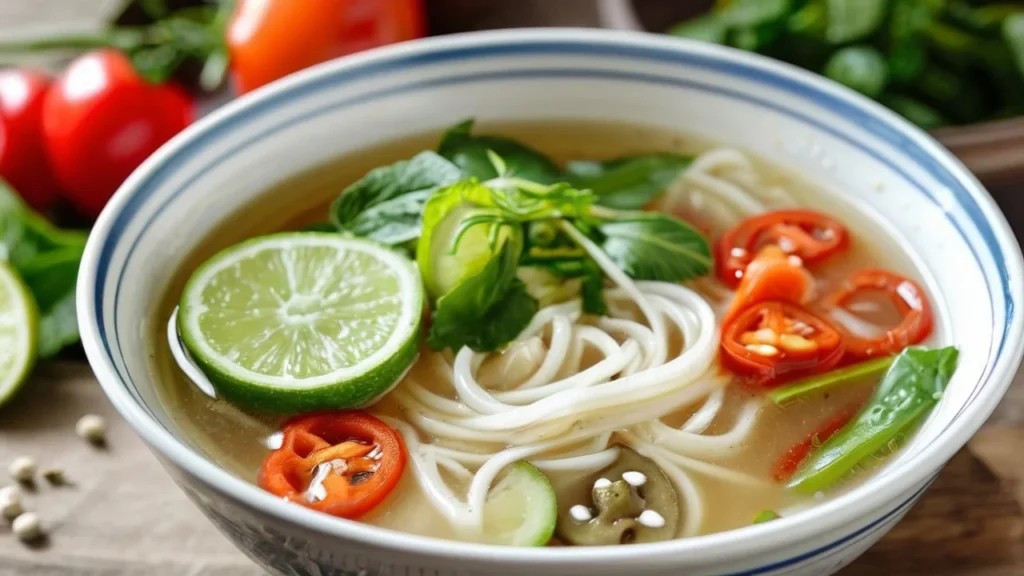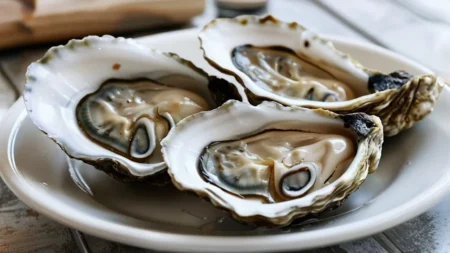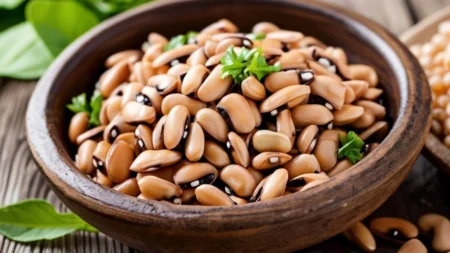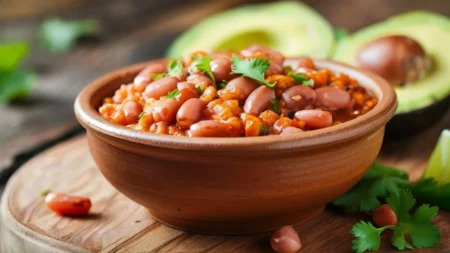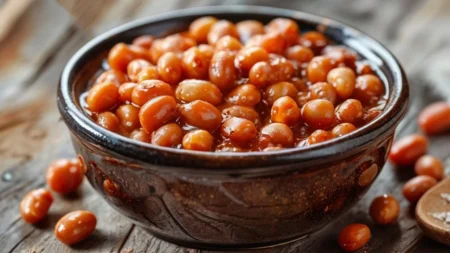Is Pho Good for Weight Loss?
Key Takeaways
- Pho can be a low-calorie meal when consumed in moderation, making it a potential aid for weight loss.
- It contains lean proteins, fresh vegetables, and herbs, contributing to its nutritional value.
- Portion size and ingredients such as noodles and broth can impact its caloric content, so moderation is key.
- Customizing your bowl by adding more vegetables and reducing high-calorie toppings can make pho a healthier option.
What Is Pho?
Pho is a traditional Vietnamese soup that typically includes broth, rice noodles (bánh phở), herbs, and meat, usually beef (pho bò) or chicken (pho gà). This dish is often served with garnishes such as bean sprouts, fresh basil, lime, and chili peppers. Pho is known for its unique and flavorful broth, made from simmering bones and spices for hours.
Pho is not only popular for its taste but also often seen as a healthy, nutrient-dense meal. Many people wonder if pho can help with weight loss. Let’s break down the nutritional components and how pho can fit into a weight loss plan.
Nutritional Profile of Pho
The nutritional value of pho can vary depending on how it is prepared and what ingredients are included. Here’s an estimate for a typical bowl of beef pho (approximately 2 cups):
| Nutrient | Amount |
|---|---|
| Calories | 350-450 kcal |
| Protein | 25-30 grams |
| Carbohydrates | 40-50 grams |
| Fat | 10-15 grams |
| Fiber | 2-4 grams |
| Sodium | 800-1,200 mg |
Pho is relatively low in calories compared to other meals, and it offers a good amount of protein, making it a filling option. However, the sodium content can be high due to the broth, so moderation is important.
Benefits of Pho for Weight Loss
1. Low in Calories
Pho can be a lower-calorie meal when prepared with a lighter broth and lean proteins. The typical serving of pho contains around 350-450 calories, which makes it suitable for a weight loss plan when consumed in moderate portions. The high water content in the broth also helps you feel full without adding a lot of calories.
2. Rich in Protein
Protein is essential for weight loss, as it promotes satiety and helps maintain muscle mass. Pho usually contains beef, chicken, or tofu, all of which are rich in protein. A typical bowl of pho can provide 25-30 grams of protein, helping you feel full for longer and reducing the need to snack between meals.
3. High in Fiber (When Adding Vegetables)
Pho typically comes with a side of fresh herbs, bean sprouts, and vegetables like basil, cilantro, and onions. Adding these vegetables increases the fiber content of your meal, which can aid digestion and help you stay full longer. Fiber is an important component of a weight loss diet as it promotes satiety and supports gut health.
4. Low in Fat (Depending on Meat Choice)
Choosing leaner cuts of meat, such as chicken or tofu, over fatty beef cuts can help reduce the fat content of your pho. A bowl of pho with chicken or lean beef can contain 10-15 grams of fat, which is relatively low for a meal, especially when compared to other restaurant or fast-food options.
5. Hydrating and Low in Carbs (Broth-based Meals)
The broth in pho is primarily made of water, which adds hydration to your diet. Plus, broth-based soups are known to be more filling with fewer calories. While rice noodles do contribute carbs to the dish, controlling the portion size of the noodles can help manage your carbohydrate intake.
How to Make Pho Healthier for Weight Loss
While pho has many benefits, there are ways to make it even more weight-loss-friendly:
1. Control the Noodle Portion
Rice noodles are a significant source of carbohydrates in pho. By reducing the amount of noodles in your bowl, you can lower the calorie and carb content. Consider asking for extra vegetables instead of extra noodles.
2. Choose Lean Proteins
Opt for chicken or tofu over fatty cuts of beef. Chicken pho is often lower in calories and fat than beef pho. If you prefer beef, choose leaner cuts like brisket or flank steak.
3. Load Up on Vegetables
Add extra vegetables like bean sprouts, cilantro, basil, and green onions. These ingredients are low in calories and high in fiber, making the meal more filling without adding extra calories.
4. Limit Sodium Intake
The broth in pho can be high in sodium, especially if it’s made from processed or store-bought stock. If you’re making pho at home, opt for low-sodium broth, and when eating out, try to limit additional salty condiments like fish sauce or soy sauce.
5. Watch Your Toppings
Toppings like fried garlic, hoisin sauce, or Sriracha can add flavor but also increase calories and sugar. Limit these toppings or choose lighter options like lime or chili peppers for a burst of flavor without the extra calories.
Nutritional Comparison of Beef vs. Chicken Pho
Here’s a quick comparison between the nutritional content of beef pho and chicken pho to help guide your choice:
| Pho Type | Calories | Protein | Fat | Carbohydrates | Sodium |
|---|---|---|---|---|---|
| Beef Pho | 400-450 kcal | 25-30 g | 15-20 g | 40-50 g | 1,000 mg |
| Chicken Pho | 350-400 kcal | 25-30 g | 10-15 g | 40-50 g | 800 mg |
As you can see, chicken pho tends to be slightly lower in calories and fat, making it a lighter option for weight loss.
Conclusion
Pho can be a nutritious and satisfying meal that fits well into a weight loss plan, especially when prepared with lean proteins and plenty of vegetables. While it is relatively low in calories, the sodium content and portion size of noodles can impact its healthfulness. By making mindful choices such as reducing noodles, increasing vegetables, and opting for lean meats, pho can be a beneficial addition to a balanced diet.
FAQ
1. Can I eat pho every day while trying to lose weight?
Yes, pho can be part of your daily diet if you control portion sizes and choose healthier ingredients like lean proteins and extra vegetables. However, be mindful of the sodium content, especially if consuming it frequently.
2. Is pho better for weight loss than ramen?
Pho is typically lower in calories and fat than ramen, especially if made with lean proteins and a clear broth. Ramen often contains fatty cuts of meat and more sodium, making pho a better option for weight loss.
3. How can I make homemade pho healthier?
When making pho at home, use a low-sodium broth, lean proteins, and plenty of vegetables. You can also control the portion of noodles to lower the calorie content.
4. Does pho help with digestion?
Yes, the broth, vegetables, and herbs in pho can aid digestion. Additionally, adding fermented ingredients like bean sprouts can provide probiotics that support gut health.
5. Is vegetarian pho good for weight loss?
Vegetarian pho made with tofu or mushrooms can be an excellent low-calorie option for weight loss. It’s typically lower in fat and calories than traditional beef or chicken pho.





